The journey from diapers to underwear is a significant milestone in a child’s development. This article serves as a guide for parents. It offers insights into the signs of readiness, effective potty training strategies, and navigating challenges during the transition.
The journey from diapers to underwear is a significant milestone in a child’s development, marking the transition from infancy to toddlerhood. For parents, it represents an exciting and often challenging phase, as guiding their child toward potty independence requires patience, support, and understanding. Helping a child make this leap is about mastering a new skill and nurturing their growing sense of independence and self-confidence. In this guide, we will navigate the transitioning from diapers to underwear. We will also offer insights into the readiness signs, tips for potty training, and the emotional aspects of this journey. It will empower parents and children to navigate this transition with success and celebration.
1. Recognizing Signs of Readiness
a. Physical Readiness
Identifying physical readiness is crucial for a successful transition. Signs like the ability to stay dry for long periods or showing interest in the bathroom indicate the child’s developing awareness. Expressing discomfort with soiled diapers is also a sign of readiness for potty training. This also shows their readiness for potty training.
Also read: Signs Of Readiness: Toilet Training For Toddlers
b. Communication Skills

Effective communication is a key sign of readiness. A child who can express the need to use the potty through words, gestures, demonstrates the readiness to understand the transition from diapers to underwear.
2. Creating a Positive Potty Training Environment
a. Introducing the Potty
Familiarizing the child with the potty is an important step. Placing a child-friendly potty in the bathroom, allowing exploration, and positively explaining its purpose create a comfortable association. This also reduces anxiety and resistance during the transition.
b. Establishing a Routine
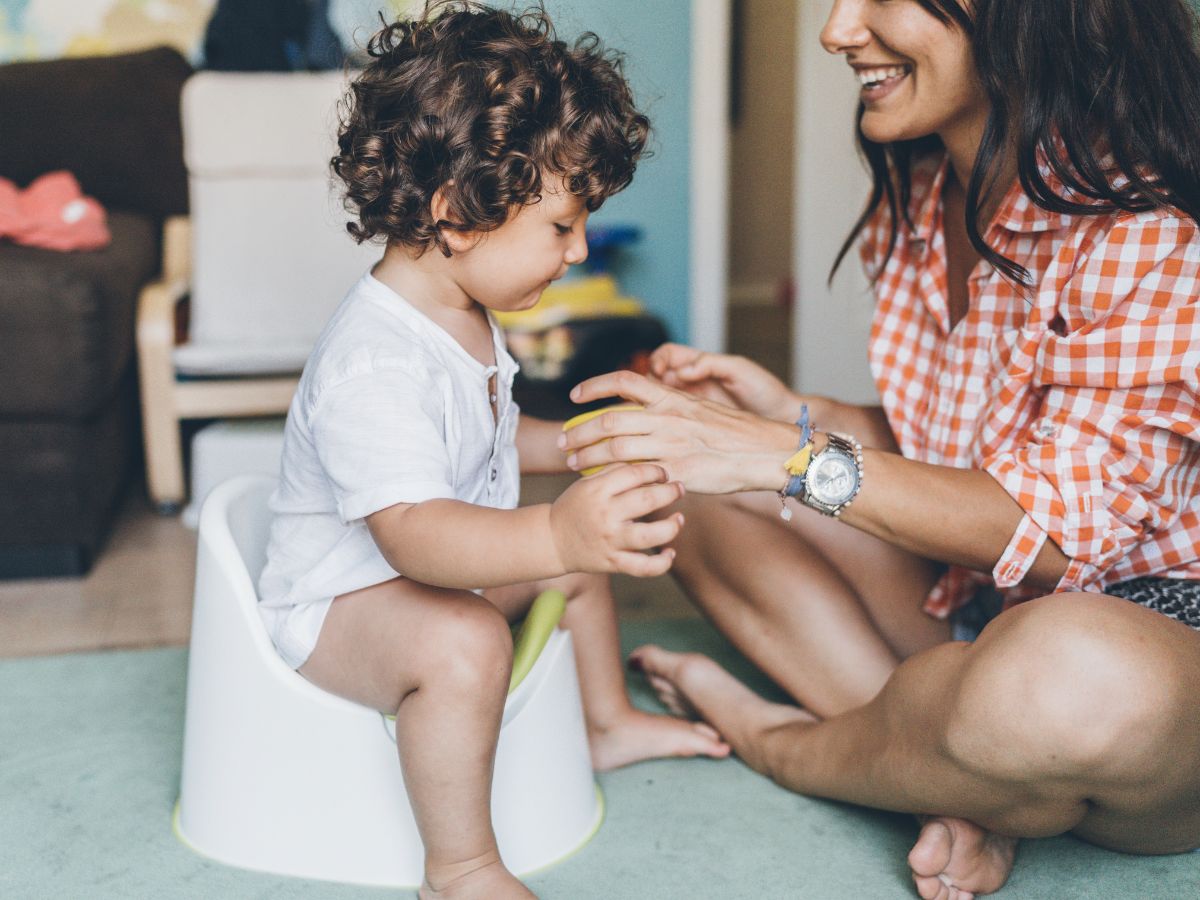
Consistency is key to establishing a positive potty routine. Encourage regular potty breaks, especially after meals or waking up. This will reinforce the connection between using the potty and specific daily activities, forming a predictable and reassuring routine for the child.
3. Potty Training Strategies
a. Positive Reinforcement
Positive reinforcement, such as praise or small rewards, reinforces the child’s successful potty use. Celebrate each accomplishment, building a positive association with the transition and motivating the child to embrace the change willingly.
b. Modelling Behavior
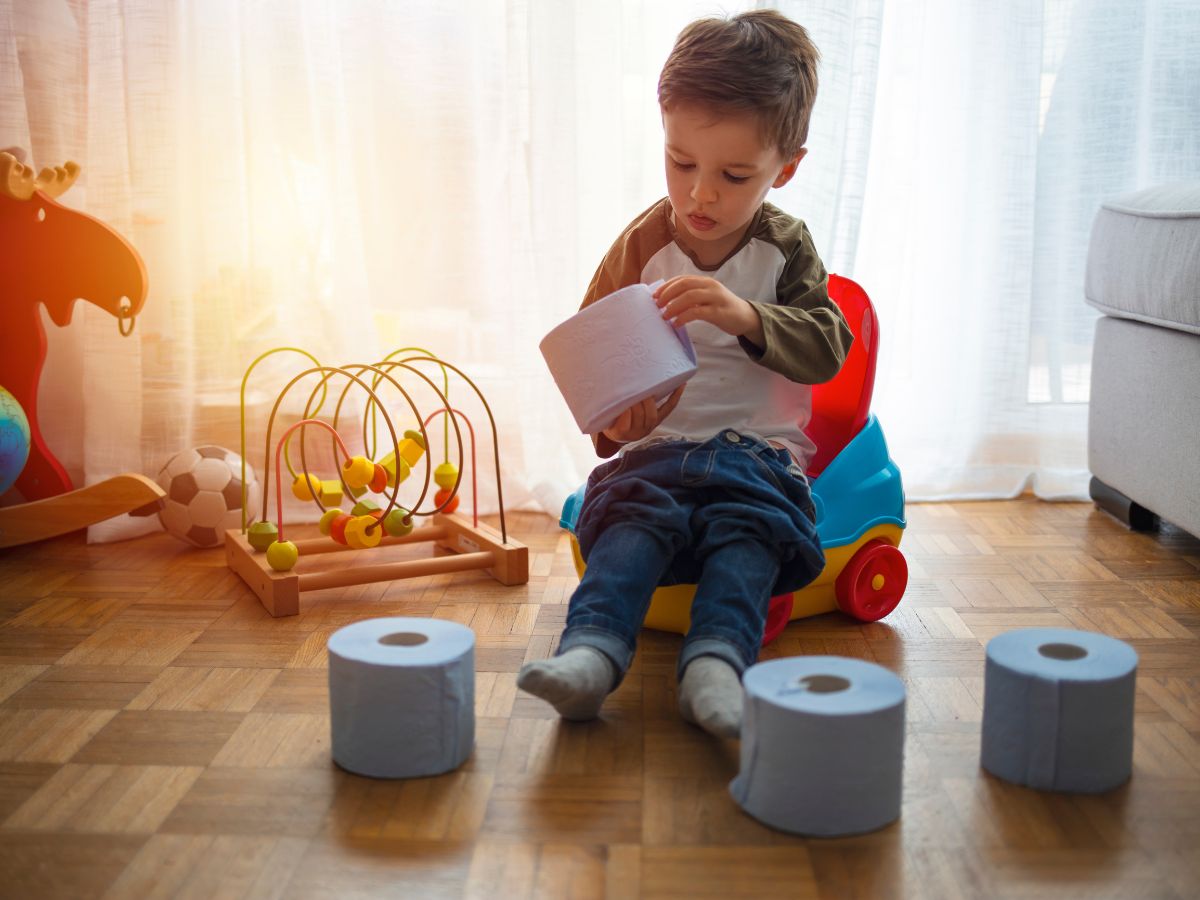
Children often learn by example. Allow the child to observe and mimic appropriate bathroom behaviour by having a trusted adult or older sibling model the use of the toilet. This observational learning approach helps demystify the process and encourages the child to follow suit.
4. Overcoming Challenges in the Transition
a. Dealing with Accidents
Accidents are a natural part of the transition. Instead of frustration, approach accidents with patience and understanding. Keep spare clothing readily available, avoid expressing disappointment, and focus on encouraging the child to try again next time.
b. Addressing Resistance
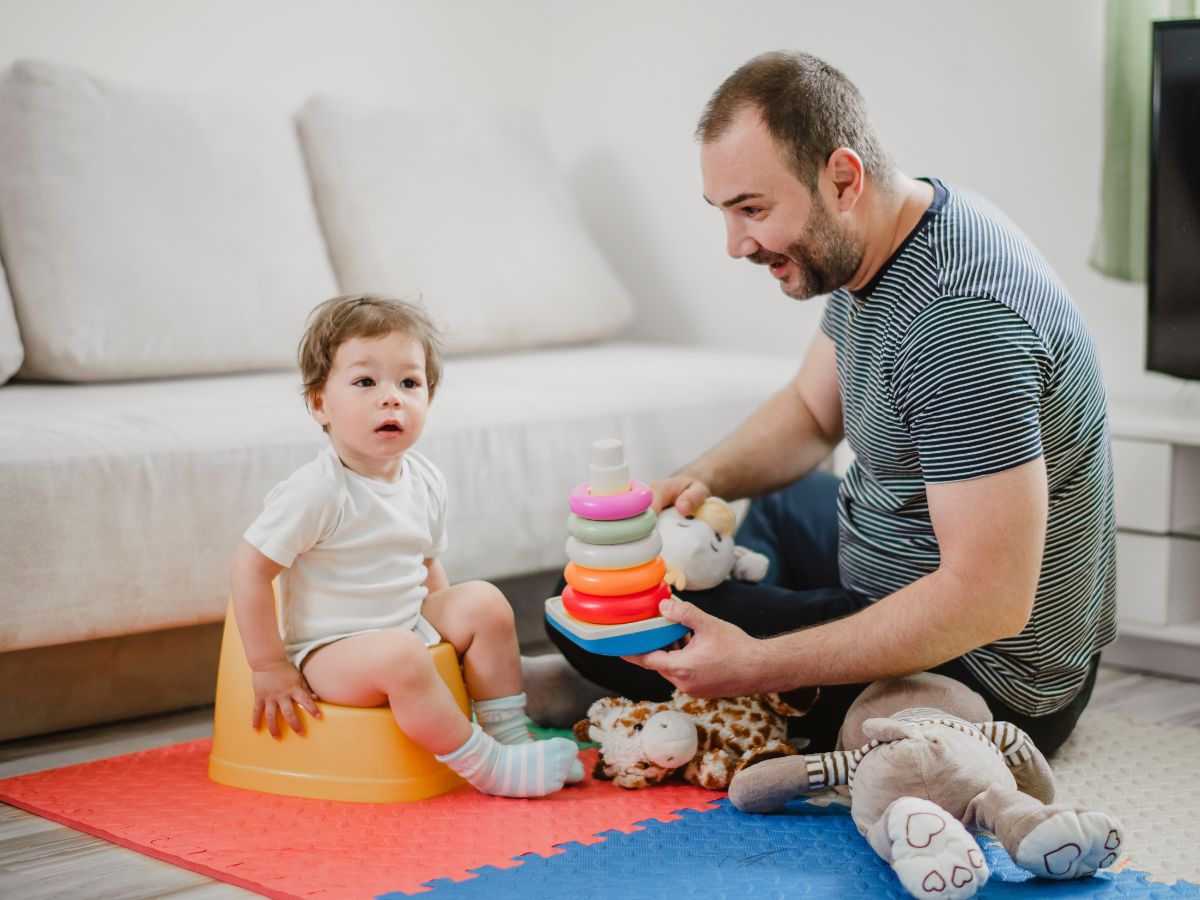
Resistance is common during transitions. If a child exhibits resistance, reassess readiness cues and consider adjusting the pace. Offering choices, like letting the child pick underwear with favourite characters, can empower them and reduce resistance.
5. Choosing the Right Underwear
a. Comfortable and Child-Friendly Designs
Opt for comfortable and child-friendly underwear designs. Choose soft, breathable fabrics with fun patterns or characters the child likes. Involving the child in the selection process can instil a sense of ownership and excitement about wearing underwear.
b. Having an Adequate Supply
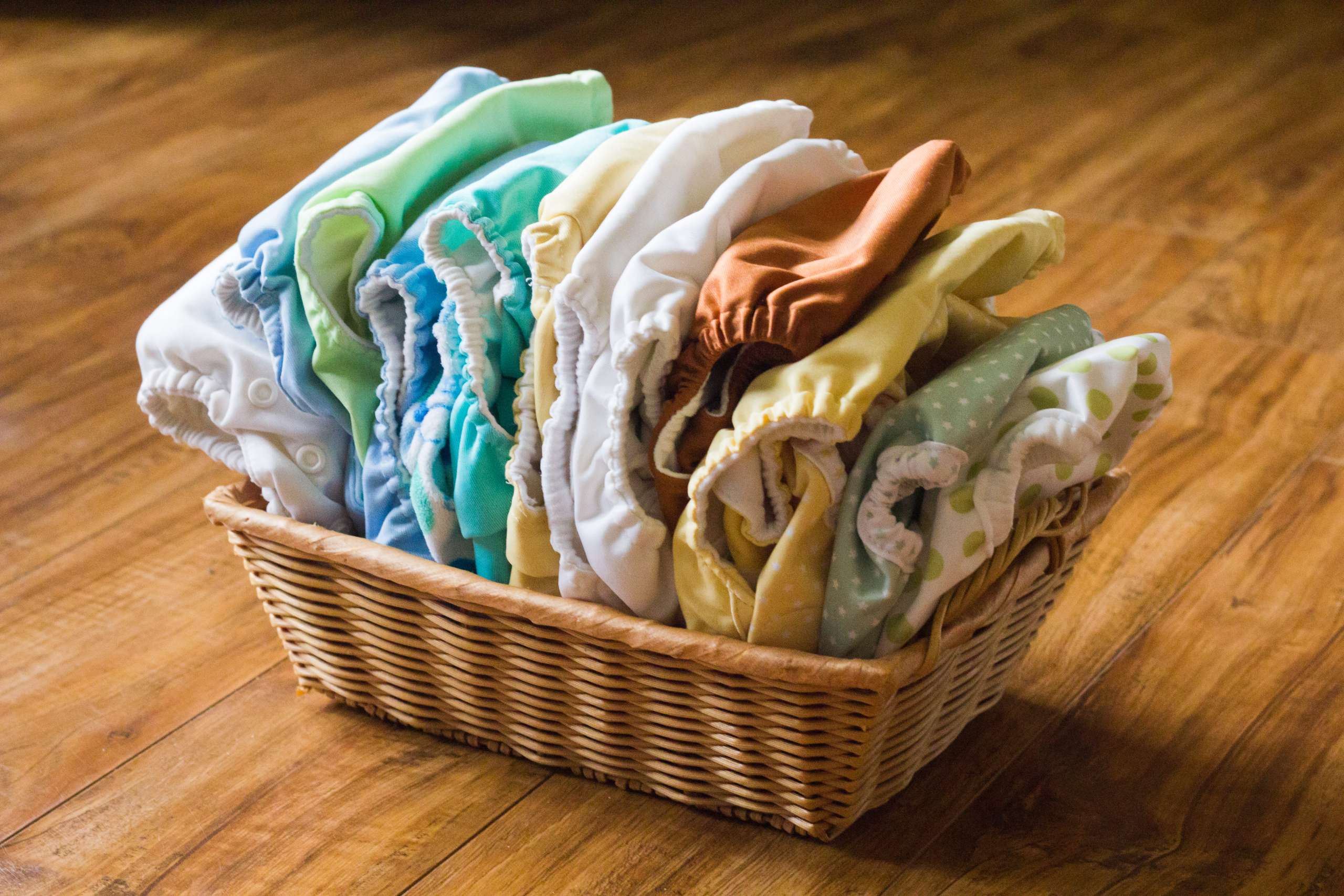
Ensure an adequate supply of underwear to accommodate potential accidents and support consistency. Having several pairs on hand simplifies the cleanup process. It allows for a swift change without disrupting the child’s routine or causing discomfort.
6. Nighttime Potty Training
a. Gradual Transition to Nighttime
Nighttime potty training may need to catch up to daytime success. Gradually transition by reducing liquid intake before bedtime, implementing bathroom breaks before sleep, and using protective mattress covers to manage nighttime accidents with minimal disruption.
b. Encouraging Independence
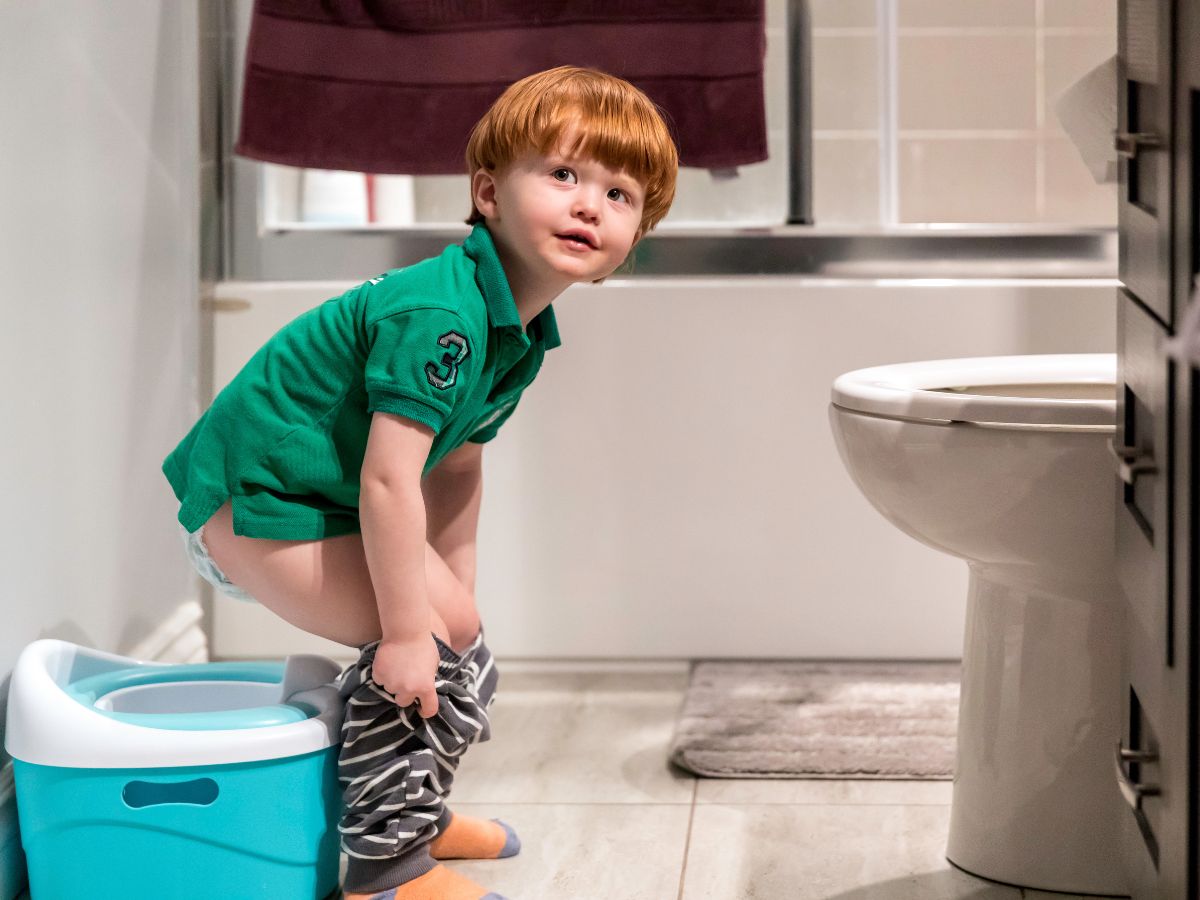
Encourage independence by placing a small potty or step stool near the child’s bed. This empowers them to take the initiative when needed during the night, building a sense of independence and reducing nighttime disruptions for both the child and parent.
7. Celebrating Milestones and Successes
a. Creating a Potty Training Chart
A visual representation of progress, such as a potty training chart, engages the child in the process. Use stickers or markers to celebrate each successful trip to the potty, building a sense of accomplishment and motivating continued participation.
b. Graduating to Regular Underwear
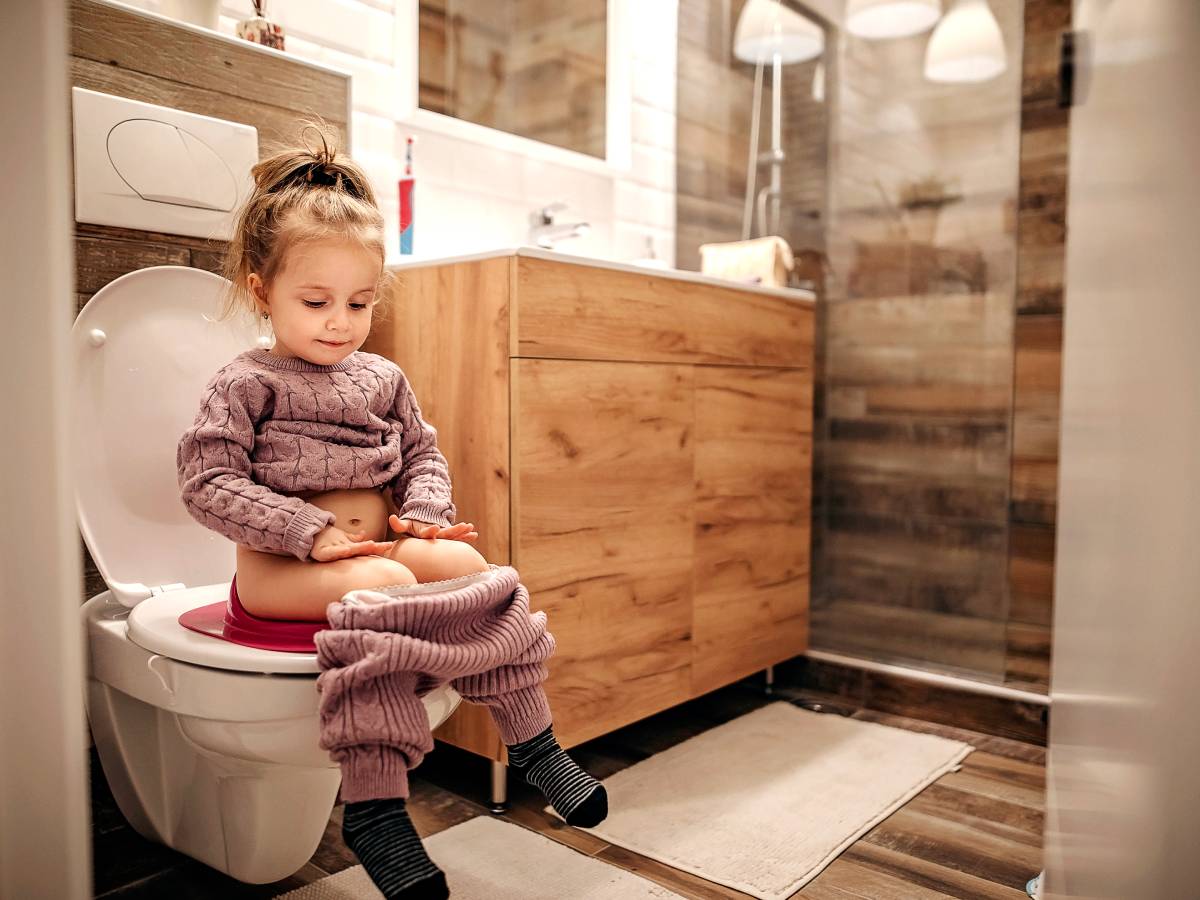
Transitioning from training pants to regular underwear is a significant milestone. Celebrate this achievement, reinforcing the child’s sense of accomplishment and promoting confidence in their ability to use the toilet independently.
Also read: Choosing The Right Diapers And Diapering Essentials
8. Addressing Regression with Empathy
a. Understanding Regression Causes
Regression is normal but requires understanding. Identify potential causes, such as changes in routine, stress, or developmental leaps, and respond with empathy. Providing reassurance and consistency can help the child navigate regression periods with minimal disruption.
b. Reinforcing Positive Habits

Reinforce positive habits by acknowledging even small successes during regression periods. Maintain a supportive and encouraging environment, emphasizing that setbacks are temporary and the child can return to successful potty habits.
9. Incorporating Potty Training into Daily Life
a. Encouraging Regular Bathroom Breaks
Encourage regular bathroom breaks, even when away from home. Familiarize the child with public restrooms and offer reassurance to minimize anxiety. Consistency in bathroom routines reinforces the transition from diapers to underwear in various settings.
b. Using Portable Potties for Travel
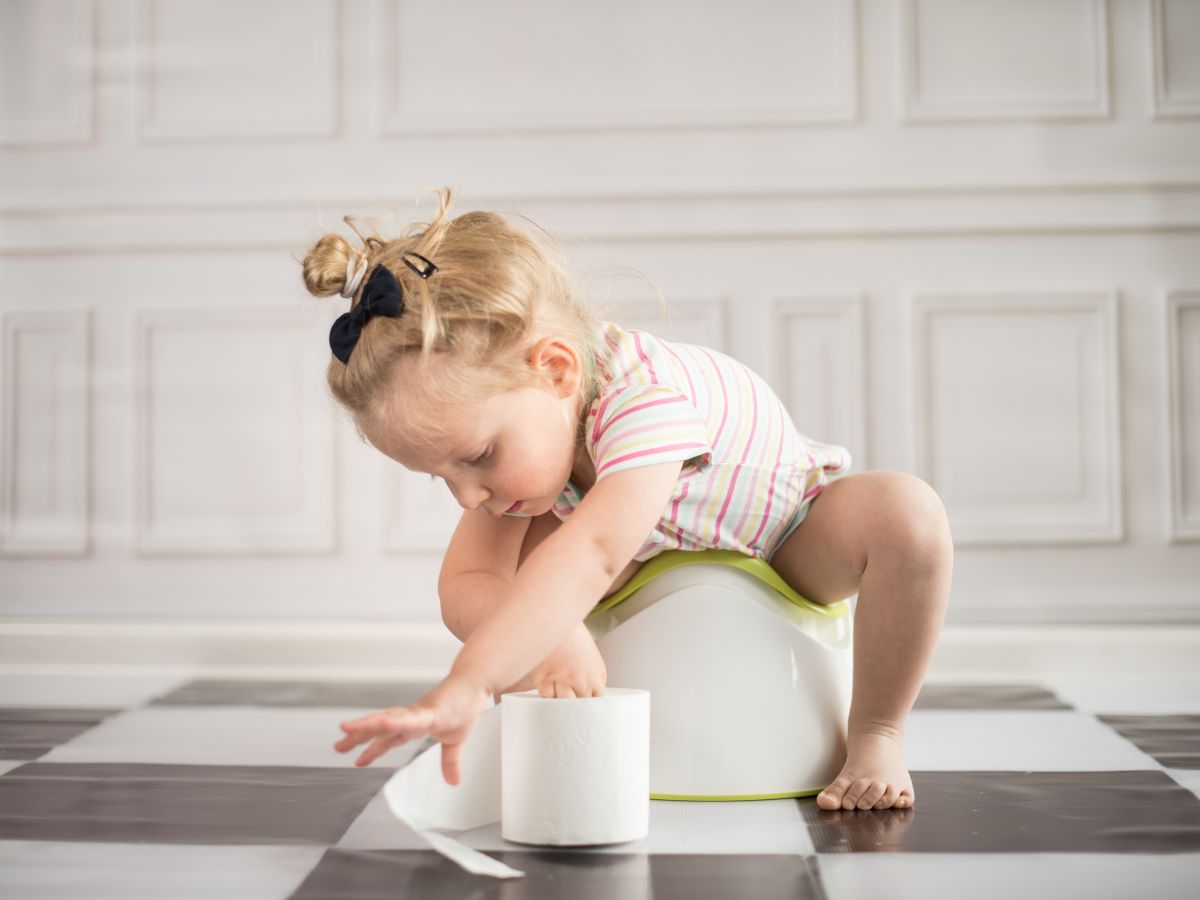
Portable potties can be invaluable during travel. Familiarize the child with a foldable or travel-friendly potty. Make sure they feel comfortable using it in different environments to maintain consistency in potty training efforts.
Transitioning from diapers to underwear is a significant developmental milestone, signalling a child’s growing independence. Parents can confidently navigate this transition by recognizing signs of readiness, employing positive reinforcement, and addressing challenges with patience. Celebrating each success, no matter how small, and maintaining a supportive environment builds a positive association with the potty. It also nurtures the child’s sense of autonomy in the journey towards potty independence.
